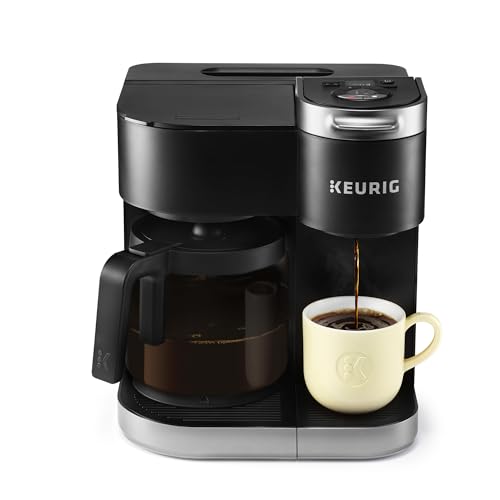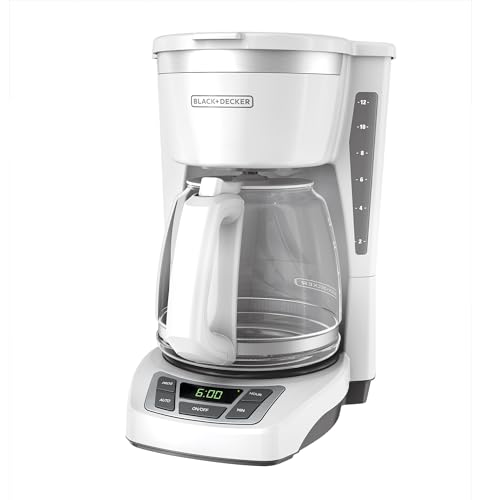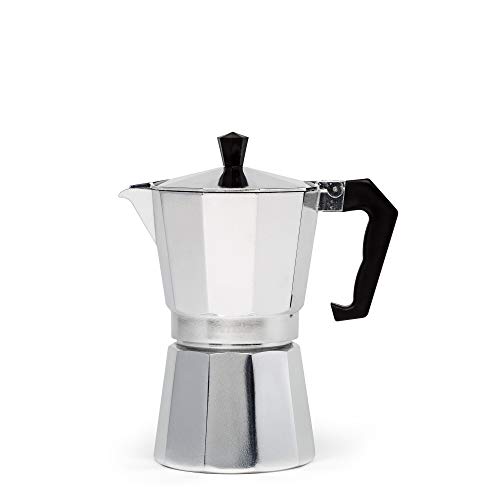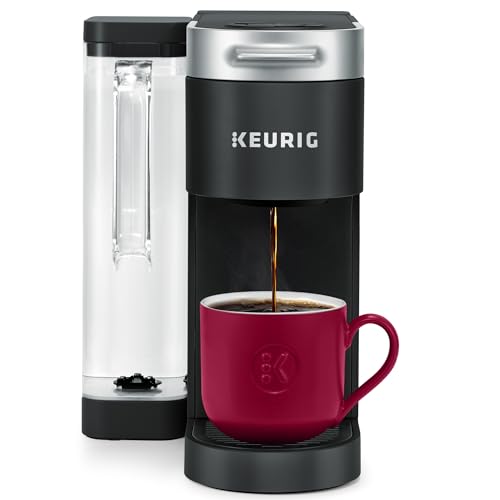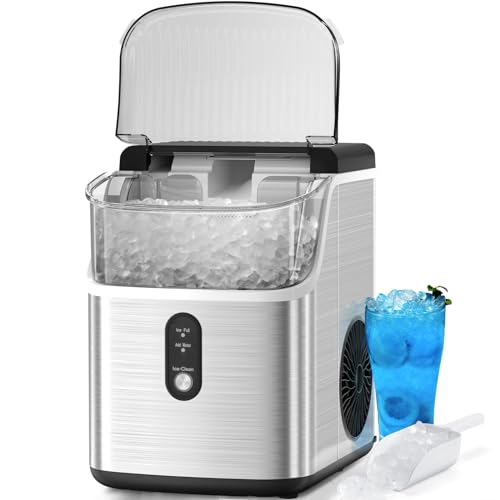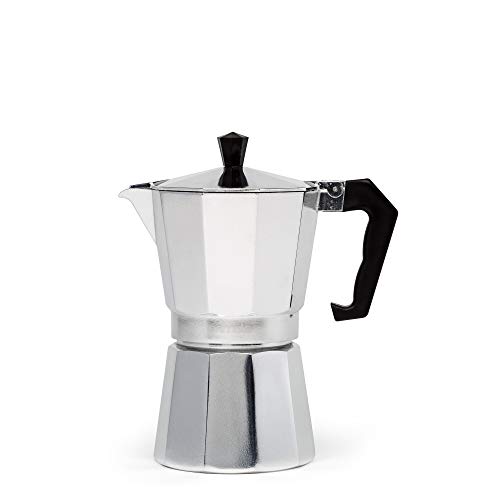“How To Use A Food Processor” is a phrase that might seem daunting to many kitchen novices. However, these versatile appliances are a boon for culinary enthusiasts and home cooks alike.
A food processor can significantly reduce your prep time in the kitchen and lend a professional touch to your dishes. They are designed to chop, slice, shred, and puree a variety of ingredients quickly and efficiently, making them an essential tool in any modern kitchen.
This guide aims to demystify the process of using a food processor. It will provide you with step-by-step instructions and handy tips to help you get the most out of this fantastic kitchen appliance. So whether you’re a seasoned pro looking to brush up on your skills or a beginner trying to navigate your way around the kitchen, this guide is just for you.
Stay tuned as we delve into the intricacies of how to use a food processor effectively and efficiently. And remember, like any tool, the magic lies in understanding how to use it.
How To Use A Food Processor
Before we get started, it’s important to note that all food processors essentially work the same way. They consist of a base that houses the motor, a bowl that fits onto the base, and a series of blades and disks that perform various tasks.
Getting Started with Your Food Processor
To get started, you’ll first need to assemble your food processor. Take the base and place it on a stable, flat surface. Now, fit the bowl onto the base, making sure it’s locked into position. This is typically done by twisting the bowl until it clicks into place.
Next, choose the blade or disk you want to use. If you’re chopping or pureeing, you’ll likely use the S-shaped blade. But, if you’re slicing or shredding, you’ll need to use one of the disks. These disks are usually labelled, so you’ll know which one to select. Once you’ve chosen your blade or disk, fit it into the bowl.
Now, you’re ready to add your ingredients. Remember to cut any larger items into smaller pieces before adding them to the food processor. This will ensure a more even result and prevent the machine from becoming overloaded.
Operating the Food Processor
Once your ingredients are in the bowl, you can put the lid on. Make sure it’s securely fastened – most food processors have safety features that prevent them from operating if the lid isn’t properly secured. After you’ve done this, you’re ready to start processing.
Your food processor will typically have a few different settings – usually “pulse”, “low”, and “high”. The “pulse” setting gives you more control and is great for roughly chopping ingredients, while the “low” and “high” settings are better for tasks that require a more consistent texture, like pureeing soup or making hummus.
Remember to use your food processor sparingly. Running it for too long can cause your ingredients to become over-processed, and the machine itself could overheat. A good rule of thumb is to use short, sharp bursts for chopping, and longer, steady periods for pureeing.
Cleaning Your Food Processor
Lastly, once you’re done using your food processor, it’s important to clean it properly. Most parts are dishwasher safe, but always check the manufacturer’s instructions first. Hand wash any pieces that aren’t dishwasher friendly, and be sure to dry everything thoroughly before reassembling and storing your food processor.
And that, in essence, is how to use a food processor. With practice, you’ll soon be whipping up gourmet meals in no time!
See more: How To Use Cuisinart Food Processor
FAQs
A food processor is more than just a kitchen tool; it’s an exceptional helper that can transform your culinary experience. Understanding the nuances of its operation can unlock a world of possibilities, enhancing your recipes and cutting down preparation time significantly.
Can I use a food processor to knead the dough?
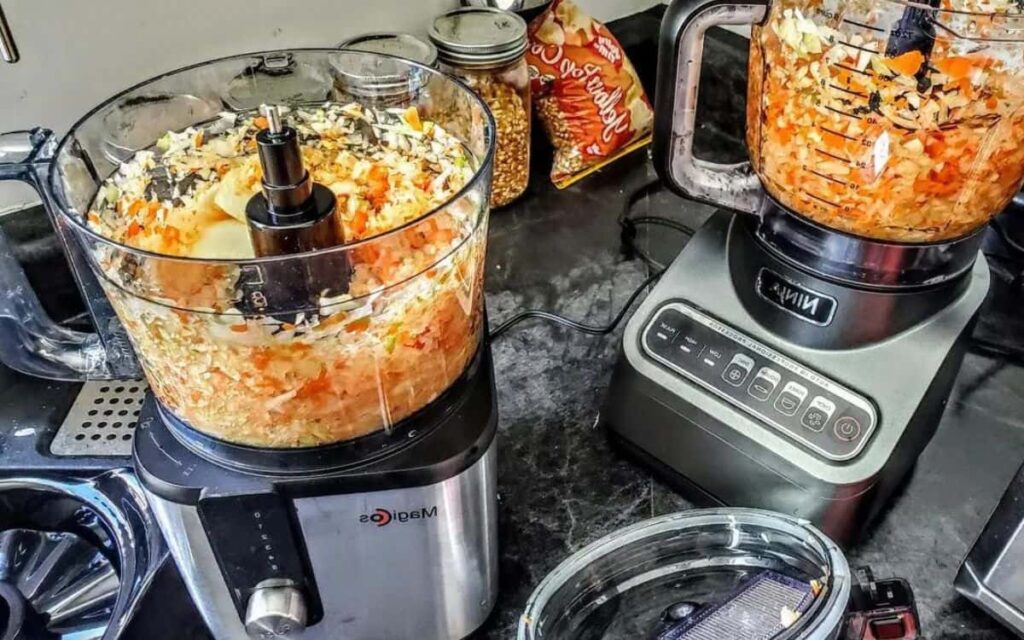
Absolutely. A food processor is excellent for kneading dough and can save you a lot of time and effort. If you’re using a food processor, add your dry ingredients first, followed by the wet ones. Use the pulse setting until the dough starts to come together.
Be mindful not to over-process as it can overwork the gluten in the dough, making it tough. Once your dough forms a ball, transfer it to a lightly floured surface and knead briefly by hand to ensure even texture.
Can a food processor crush ice?
While technically possible, crushing ice in a food processor isn’t generally recommended. Food processors are designed to handle softer materials and might struggle with hard substances like ice, which could potentially damage the blades or motor. If you need crushed ice, consider using a blender, which is typically more robust and capable of handling such tasks.
Can a food processor be used as a blender?
While a food processor and a blender have some similarities, they’re not entirely interchangeable. A food processor is excellent for tasks such as chopping, slicing, and grating, while a blender excels at liquefying ingredients and creating smooth textures. If you need to puree soup, make smoothies, or emulsify liquids, a blender would be the more suitable choice.
How often should I replace the blades in my food processor?
The frequency with which you should replace your food processor blades depends on how often you use your machine and what you use it for. If you use your food processor regularly and notice that it’s not chopping or slicing as effectively as it once did, it might be time to replace the blades. As a general rule, if you’re using your food processor multiple times a week, consider checking the blades for wear and tear every 6-12 months.
Is it safe to put hot food in a food processor?
It’s generally recommended to let hot food cool slightly before processing. Most food processors are made of plastic which can warp if exposed to high temperatures, and the steam from hot food can create pressure inside the processor, potentially causing it to leak or spill. Always check the manufacturer’s instructions for any specific guidance regarding hot foods.
Final Thought
A food processor is an investment that pays off in time saved and culinary results achieved. With the ability to handle a myriad of tasks, it can become an essential partner in your kitchen adventures. From chopping and slicing to kneading and pureeing, the potential uses for this versatile appliance are indeed endless.
Remember, regular care and maintenance of your food processor will extend its lifespan and performance. Keeping it clean, checking the blades for wear and tear, and using it as recommended can help ensure that it remains a reliable kitchen tool for years to come.
Don’t be afraid to explore new techniques and recipes with your food processor. Its versatility allows it to take on a variety of tasks, opening up new culinary possibilities. Happy cooking, and enjoy the benefits of your food processor!
